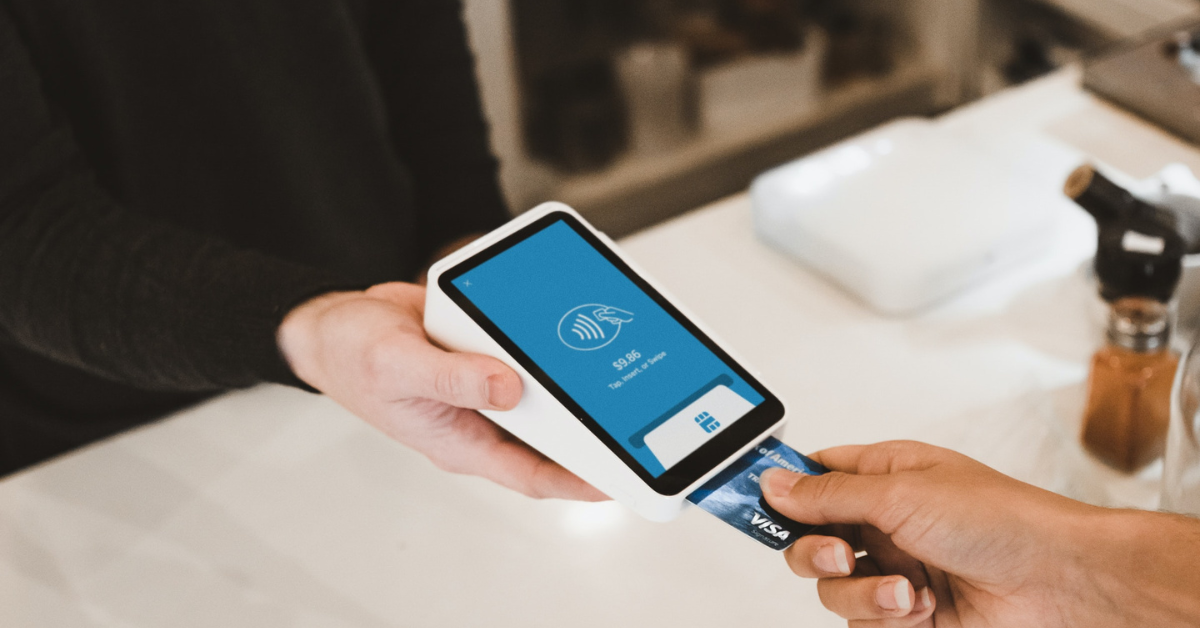Between March 2023 and 2024, the deployment of new Point of Sale (PoS) terminals surged by 14
In contrast,over the past two years, the adoption of QR codes for UPI payments via platforms such as PhonePe, Google Pay, and Paytm has doubled
Nearly 160 Mn debit card transactions were conducted at merchant outlets in March, representing a 32% decrease from the 237 Mn transactions recorded in the previous year
In the fiscal year 2023-24 (FY24), the deployment of new Point of Sale (PoS) systems experienced its most sluggish growth since the tumultuous days of demonetisation, according to data released by the Reserve Bank of India.
The exception to this trend was seen in 2021-22 when the profound impact of COVID-19 and ensuing lockdowns dealt a severe blow to offline commerce.
Between March 2023 and 2024, the deployment of new PoS terminals surged by 14%, a stark contrast to the robust rates of 28% and 29% witnessed in the preceding two years, bringing the total count to 8.9 Mn, ET reported citing RBI data.
In contrast, over the past two years, the adoption of QR codes for UPI payments via platforms such as PhonePe, Google Pay and Paytm has doubled. As per the RBI data, there were 346 Mn QR codes in circulation in March of this year, marking a substantial increase from 172 Mn in the corresponding month of 2022.
The convenience of scanning a smartphone over dipping a card is undoubtedly contributing to the growth of UPI. However, the government’s mandate for zero Merchant Discount Rate (MDR) – the fee levied for transaction processing – is also incentivising merchants to transition to UPI payments instead of card swipes.
As per RBI data, nearly 160 Mn debit card transactions were conducted at merchant outlets in March, representing a 32% decrease from the 237 Mn transactions recorded in the previous year.
Meanwhile, UPI merchant transactions surged by 72% to reach 8.30 Bn, up from 4.82 Bn previously.
However, the decline in debit card swipes has been partially offset by the exponential growth of credit card usage. Presently, the number of credit cards issued in India has surpassed 100 Mn.
Last year, Pine Labs launched Mini, a digital payment device with both QR code and card support. The device comes with a display that can show the UPI-linked QR code of a merchant and can also accept contactless payments via credit and debit cards.
Meanwhile, RBI has issued draft rules to regulate point-of-sale payment service providers (PA-P). Following this, companies like Innoviti Payments, Pine Labs, and MSwipe will be brought under regulatory cover.
As per the draft rules, companies offering this service must apply for authorisation from the RBI by May 31, 2025. In case they fail to get authorisation, they will have to cease these services.



![[CITYPNG.COM]White Google Play PlayStore Logo – 1500×1500](https://startupnews.fyi/wp-content/uploads/2025/08/CITYPNG.COMWhite-Google-Play-PlayStore-Logo-1500x1500-1-630x630.png)